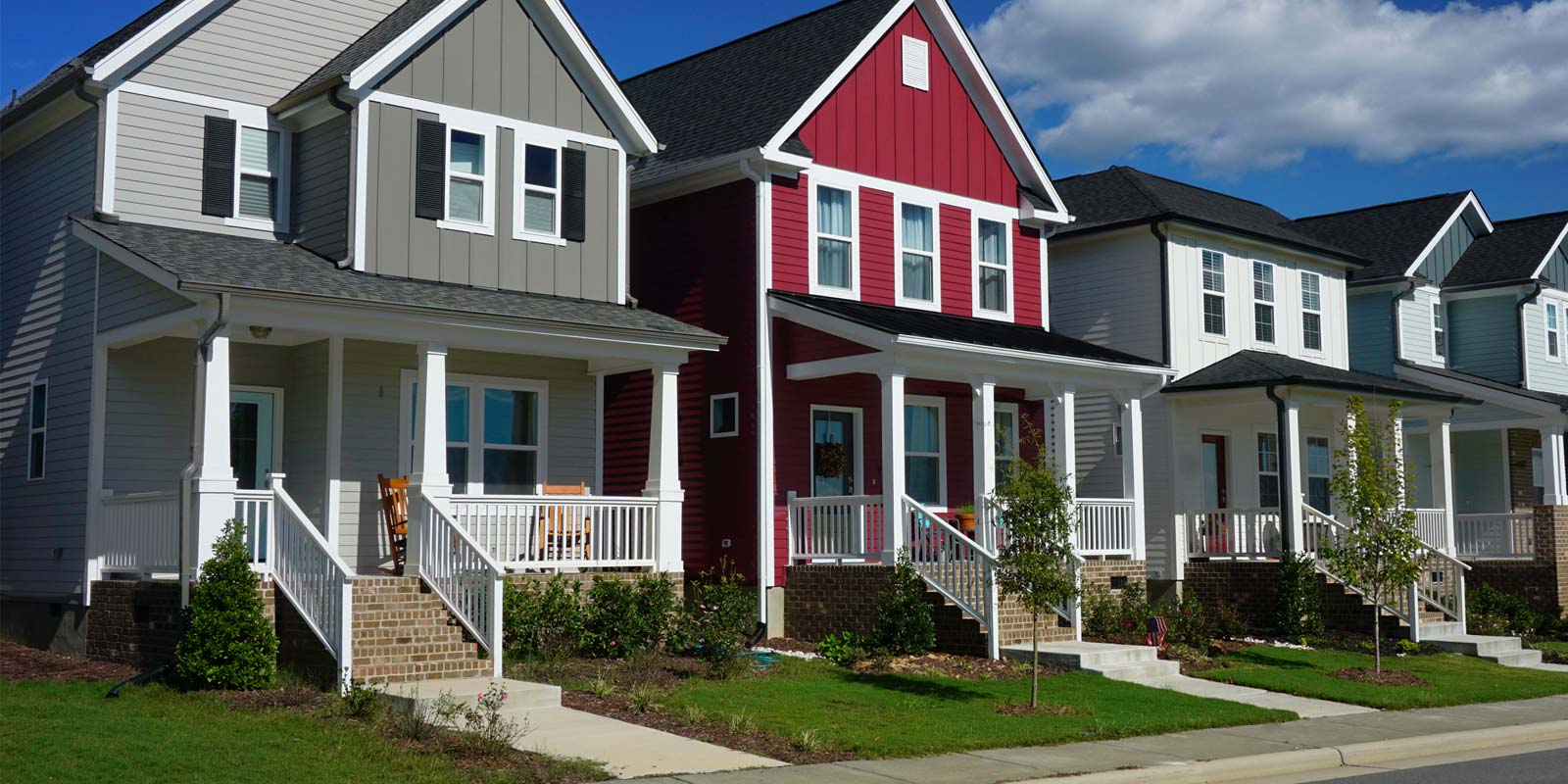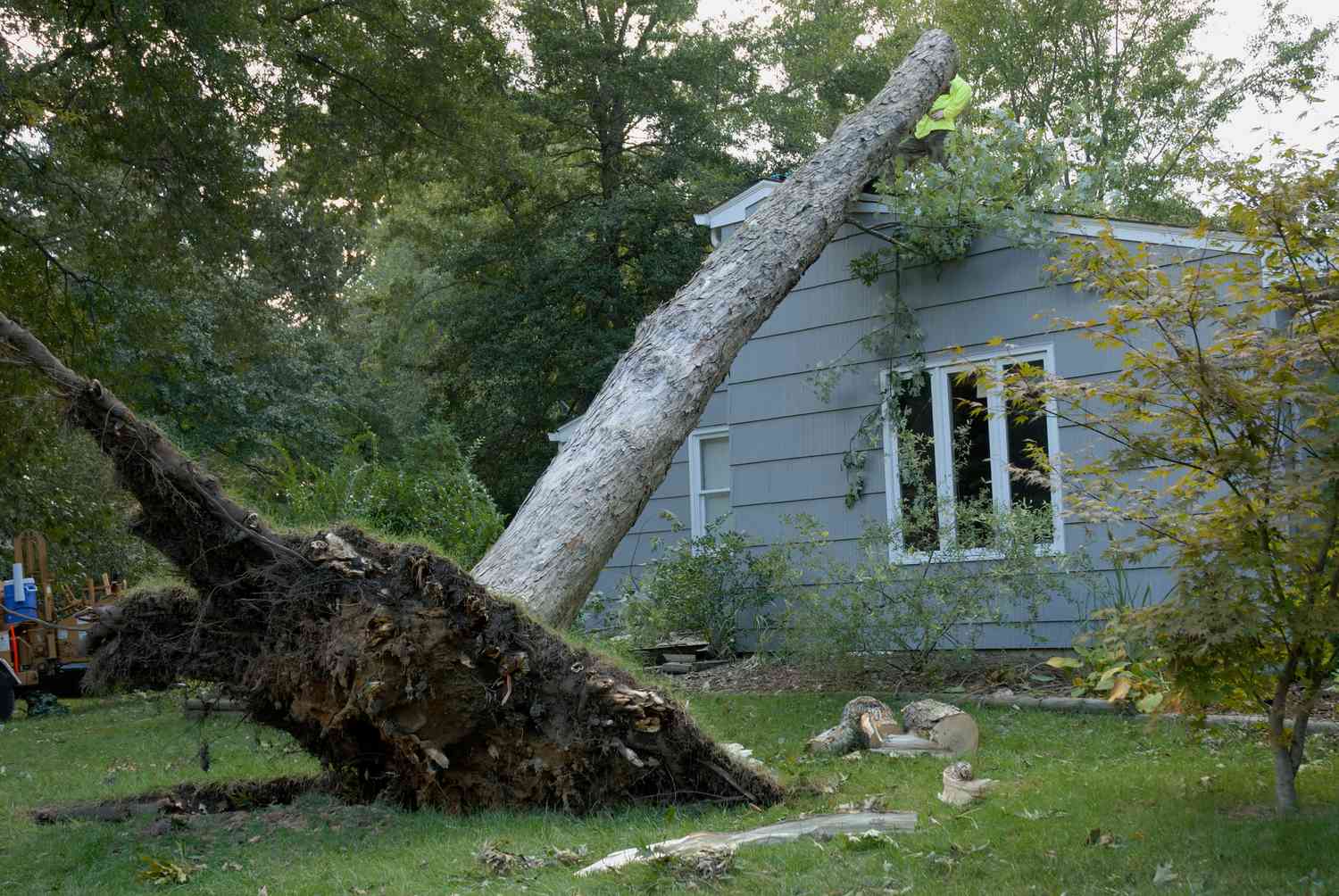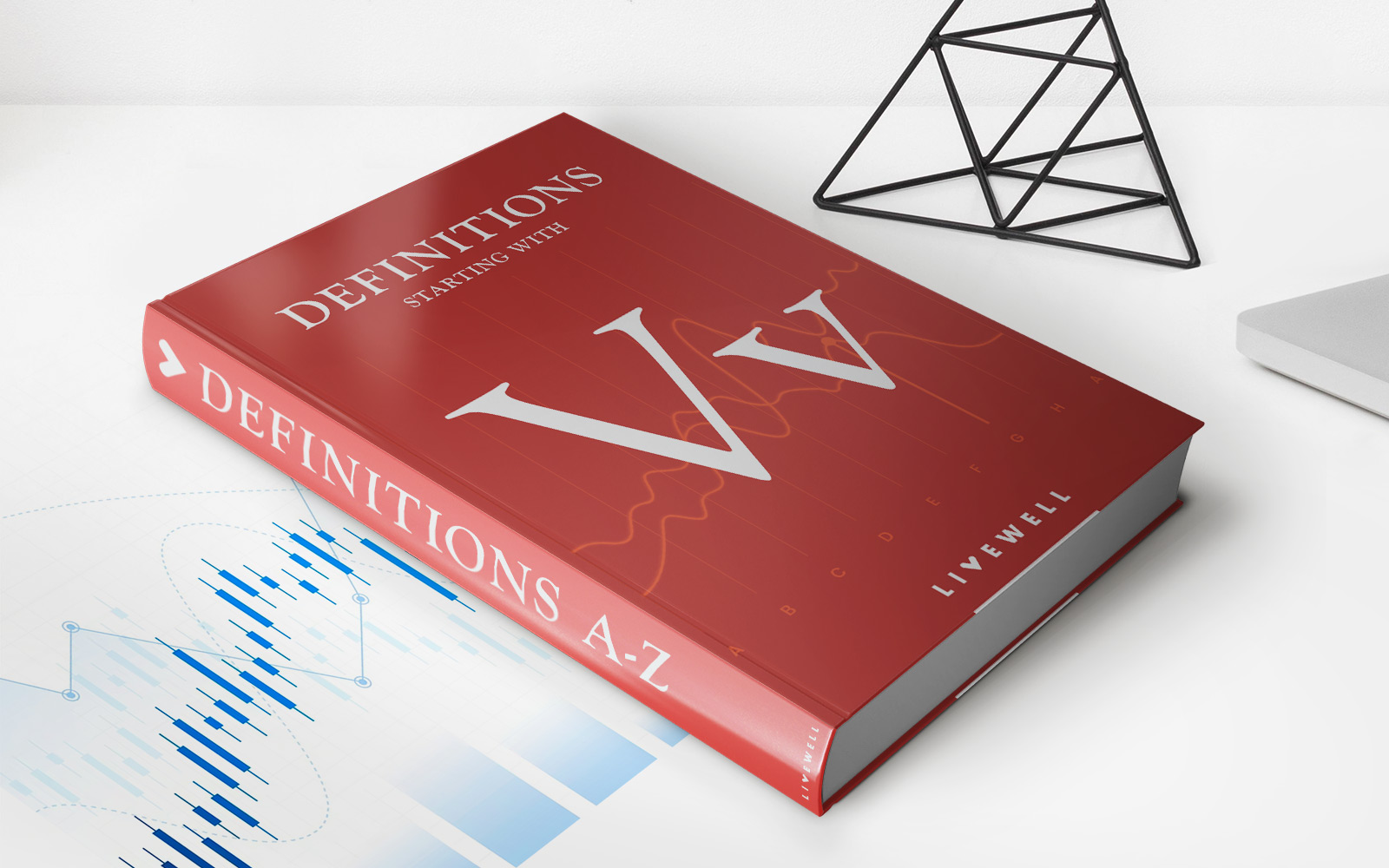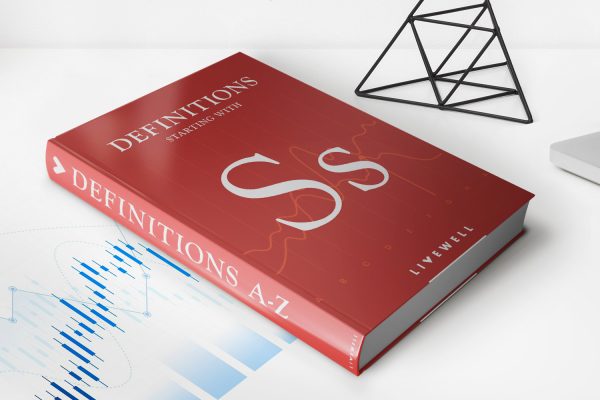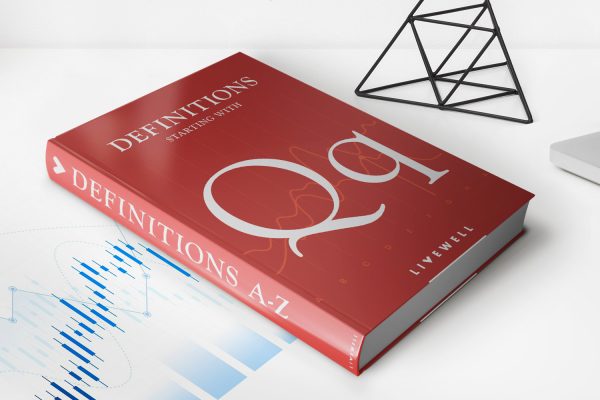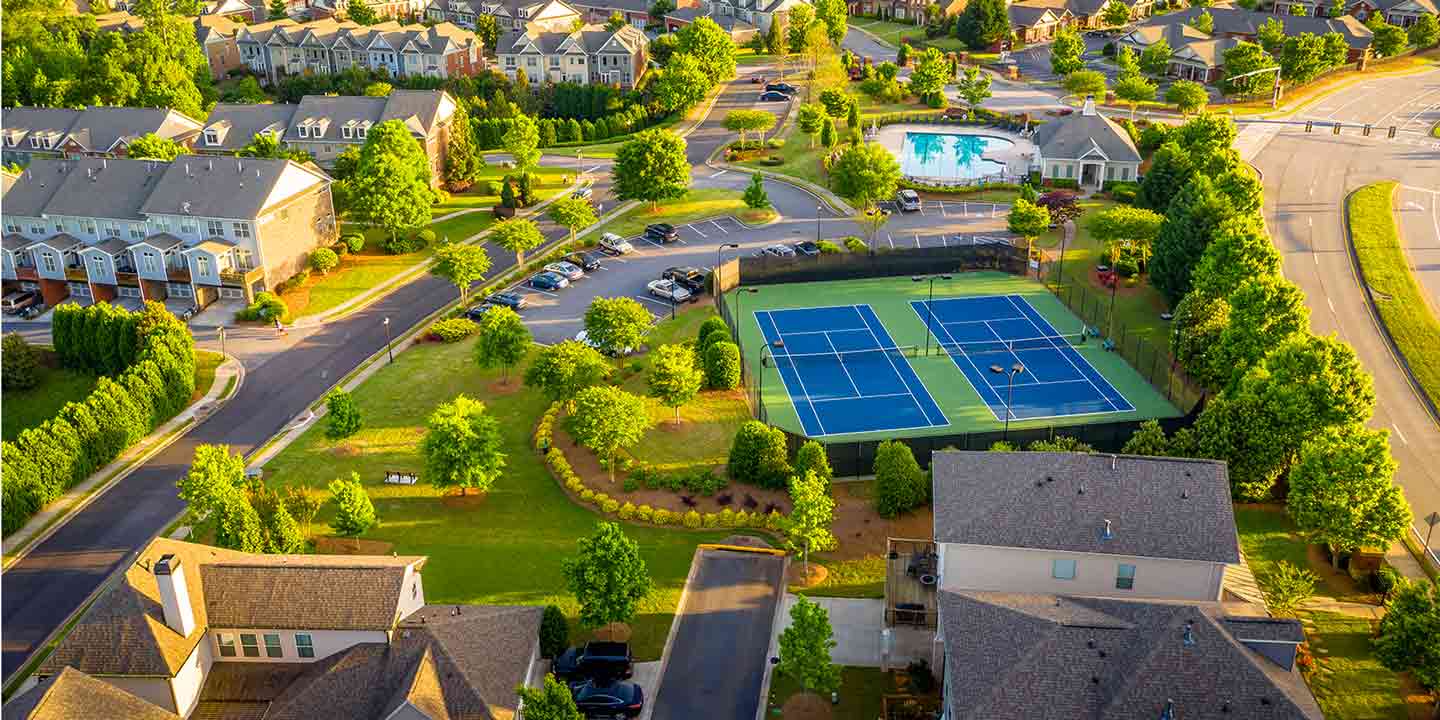

Finance
What Does Hoa Master Insurance Cover?
Published: November 9, 2023
Discover what HOA master insurance covers and how it can benefit your finances. Get insights into the extent of coverage and its impact on your financial security.
(Many of the links in this article redirect to a specific reviewed product. Your purchase of these products through affiliate links helps to generate commission for LiveWell, at no extra cost. Learn more)
Table of Contents
Introduction
Welcome to the world of homeowners associations (HOAs) and their master insurance policies. If you’re a homeowner living in an HOA-managed community, it’s important to understand the ins and outs of the insurance coverage provided by the HOA. The HOA master insurance policy is a crucial component of protecting the community and its residents from unexpected events and liabilities.
In this article, we’ll delve into the specifics of HOA master insurance policies, including what they cover, how they work, and why they are essential for both the HOA and individual homeowners. Whether you’re a current homeowner in an HOA or considering purchasing a property in an HOA-managed community, this article will provide you with the knowledge you need to navigate the realm of HOA master insurance policies.
By understanding what the HOA master insurance policy covers, you can make informed decisions regarding your own homeowner’s insurance coverage and have peace of mind knowing that potential risks are adequately addressed.
Understanding HOA Master Insurance
HOA master insurance is a type of insurance policy that is purchased by the homeowners association to provide coverage for common structures and liability within the community. It is mandatory for most HOAs to have a master insurance policy in place to protect the shared areas and assets of the community, as well as provide liability coverage for the HOA and its members.
HOA master insurance policies typically cover the main building structures, such as the exterior walls, roofs, and foundations of the condominiums or townhomes in the community. This coverage helps ensure that any damage to these structures caused by perils like fire, vandalism, or natural disasters is taken care of by the insurance company.
In addition to building structures, HOA master insurance policies also provide coverage for common areas within the community. This includes swimming pools, clubhouses, parking lots, playgrounds, and any other shared amenities or spaces that all homeowners have access to.
One of the key components of HOA master insurance is liability coverage. This coverage protects the HOA and its members in the event that someone is injured on the common property or as a result of the HOA’s actions or negligence. For example, if a visitor slips and falls by the pool due to a slippery surface, the liability coverage can help cover the medical expenses and potential legal costs.
It’s important to note that while HOA master insurance policies provide coverage for common structures and liability, they do not extend to coverage for individual homeowner’s personal belongings or the interior of their units. Homeowners are responsible for obtaining their own insurance, typically known as HO-6 insurance, to protect their personal property and the interior of their units from perils like theft, fire, or water damage.
Overall, understanding the details of the HOA master insurance policy is essential for both the HOA and individual homeowners. It ensures that the community is well-protected against potential risks and liabilities, while homeowners can have confidence in the comprehensive coverage provided by the HOA.
Coverage for Building Structures
One of the primary areas of coverage provided by HOA master insurance is the protection of building structures within the community. This coverage typically includes the exterior walls, roofs, and foundations of the condominiums or townhomes.
In the event of damage caused by covered perils such as fire, vandalism, or natural disasters, the HOA master insurance policy will cover the cost of repairs or reconstruction for the affected building structures. This helps ensure that the community’s physical structures are restored to their pre-damage condition without placing a financial burden on individual homeowners.
It’s important to note that the specific coverage for building structures may vary depending on the terms and limits of the HOA master insurance policy. Some policies may include additional structures such as garages or balconies, while others may only cover the primary building structures.
When it comes to building structure coverage, it’s crucial for homeowners to review the policy and understand any exclusions or limitations. For example, there may be specific exclusions for damage caused by certain perils, such as earthquakes or floods. In such cases, homeowners may need to consider obtaining additional insurance coverage to protect against these specific risks.
Additionally, the HOA’s master insurance policy may have certain restrictions or requirements regarding building maintenance. It’s common for policies to include provisions that stipulate regular inspections, maintenance, and repairs as preventive measures. Failure to comply with these requirements could potentially lead to claims being denied or coverage being limited.
For homeowners, it’s essential to have a clear understanding of the coverage provided by the HOA master insurance policy for building structures. This can help them make informed decisions regarding their individual insurance coverage and ensure that they have adequate protection for their personal belongings and interior elements of their units.
Coverage for Common Areas
In addition to building structures, HOA master insurance policies also provide coverage for the common areas within the community. These common areas encompass shared amenities and spaces that are accessible to all homeowners in the HOA-managed community.
Common areas typically include swimming pools, clubhouses, fitness centers, parks, playgrounds, parking lots, and any other recreational or gathering areas. The HOA master insurance policy will cover these areas against damage caused by covered perils such as fire, vandalism, or natural disasters.
For example, if a fire breaks out in the clubhouse and causes extensive damage, the HOA master insurance policy will cover the repair or reconstruction costs. Similarly, if the playground equipment is vandalized, the insurance will cover the cost of replacing or repairing the damaged items.
The coverage for common areas extends beyond structural damage. It also includes liability protection for the HOA and its members. If someone is injured while using a common area or as a result of a defect or hazard in a shared space, the liability coverage provided by the HOA master insurance policy can help cover medical expenses and potential legal costs.
It’s important for homeowners to understand that the coverage for common areas does not extend to personal property. The insurance provided by the HOA master policy is primarily focused on the structures and liability associated with the common areas, rather than the belongings of individual homeowners.
Therefore, homeowners should ensure that they have their own insurance coverage, typically known as HO-6 insurance, to protect their personal property within their units and provide additional liability coverage for incidents that may occur inside their homes.
By having coverage for common areas under the HOA master insurance policy, the community as a whole can enjoy peace of mind knowing that the shared spaces are protected, and that potential liabilities are addressed.
Liability Coverage
Liability coverage is a crucial component of HOA master insurance policies. It provides protection to the homeowners association and its members in the event that they are held responsible for causing bodily injury or property damage to others.
Liability coverage extends to incidents that occur within the common areas of the community, as well as those arising from the actions or negligence of the HOA. For example, if a visitor slips and falls in the community pool area due to a wet surface that was not properly marked, the liability coverage can help cover their medical expenses and any potential legal costs that may arise from a lawsuit.
Additionally, liability coverage can also protect the HOA and its members in cases where they are held responsible for damage caused by elements of the community’s common areas. For instance, if a tree within the community falls onto a neighbor’s property and causes damage, the liability coverage can help cover the cost of repairs.
However, it’s important to note that liability coverage provided by the HOA master insurance policy is not intended to replace individual homeowner’s liability insurance. Homeowners should still obtain their own personal liability coverage, typically through an individual homeowner’s insurance policy, to protect themselves against personal liability claims that may arise within their units or as a result of their own actions outside of the common areas.
Each HOA master insurance policy will have specific limits and coverage amounts for liability protection. It’s important for homeowners to review the policy and understand the extent of the liability coverage provided to ensure that it is sufficient for potential risks and liabilities within the community.
By having liability coverage under the HOA master insurance policy, homeowners and the association itself can have the assurance that they are protected from unexpected accidents or incidents that may lead to legal claims or financial liabilities.
Loss of Use Coverage
Loss of Use coverage is an essential component of HOA master insurance policies. It provides coverage and financial assistance to homeowners in the event that their units become uninhabitable due to a covered peril.
If a fire, flood, or other covered event renders a homeowner’s unit unlivable, Loss of Use coverage helps cover the additional living expenses incurred while the unit is being repaired or rebuilt. This coverage can include expenses such as temporary accommodation, hotel bills, meals, storage costs, and even transportation costs if the homeowner needs to relocate temporarily.
Loss of Use coverage provides homeowners with peace of mind knowing that they will have financial support in the event of a disaster that forces them to temporarily vacate their homes. It can help alleviate the burden of unexpected expenses during an already stressful situation.
However, it’s important for homeowners to understand that Loss of Use coverage provided by the HOA master insurance policy is typically limited to the common areas of the community. It does not extend to individual homeowner’s personal belongings or interior elements of their unit.
To protect their personal property and additional living expenses, homeowners should consider obtaining their own personal insurance policy, such as HO-6 insurance. HO-6 insurance provides coverage for a homeowner’s personal belongings and can include Loss of Use coverage specific to their individual unit.
Reviewing and understanding the Loss of Use coverage within the HOA master insurance policy is crucial for homeowners. Knowing the extent of coverage and any limitations can help homeowners plan for potential displacement and ensure that they have the necessary coverage in place to navigate any unexpected events that may arise.
Loss of Use coverage provides much-needed financial support and security for homeowners during a time when they are unable to occupy their units due to covered perils. It acts as a safety net, allowing them to focus on restoring their homes while having the necessary resources to maintain their everyday lives.
Deductibles and Coverage Limits
When it comes to HOA master insurance policies, it’s important to understand the deductibles and coverage limits that are set in place. These factors can greatly impact the financial responsibility of the HOA and individual homeowners in the event of a claim.
A deductible is the amount that the HOA or homeowner must pay out of pocket before the insurance coverage kicks in. Deductibles can vary depending on the type of claim and the specific terms of the policy. For example, there may be separate deductibles for property damage and liability claims.
It’s crucial for homeowners to review and understand the deductibles outlined in the HOA master insurance policy. This will help them prepare financially and know what to expect in the event of a claim. Sometimes, deductibles can be quite high, so homeowners should ensure they have sufficient savings or insurance coverage to cover these costs.
Coverage limits refer to the maximum amount that the insurance policy will pay out in the event of a claim. Each HOA master insurance policy will have different coverage limits for different types of claims, such as property damage or liability coverage.
It’s important for homeowners to be aware of the coverage limits in the HOA master insurance policy to ensure that they are adequately protected. If the coverage limits are too low, homeowners may need to consider obtaining additional insurance coverage to fill the gaps and protect their personal assets.
Reviewing the deductibles and coverage limits of the HOA master insurance policy should be a priority for homeowners. It ensures that they have a clear understanding of their financial responsibilities and the extent of coverage provided in the event of a claim.
Ultimately, understanding the deductibles and coverage limits helps homeowners make informed decisions about their own insurance needs and ensure that they have the necessary funds and coverage in place to navigate potential claims or losses.
Additional Coverages
In addition to the standard coverage provided by HOA master insurance policies, there are often additional coverages that homeowners should be aware of. These additional coverages can vary depending on the specific insurance policy and the needs and characteristics of the community.
One common additional coverage is earthquake insurance. Depending on the geographic location of the community, earthquakes can pose a significant risk. If the HOA master insurance policy does not include coverage for earthquakes, homeowners may need to obtain separate earthquake insurance to protect their units and personal belongings in the event of seismic activity.
Another additional coverage that may be available is flood insurance. Similar to earthquake insurance, flood insurance is often not included in standard HOA master insurance policies. Homeowners in flood-prone areas may need to acquire separate flood insurance to protect their properties from water-related damage.
Additions and improvements coverage is another potential additional coverage that can be of interest to homeowners. This coverage protects any upgrades or enhancements made by individual homeowners to their units or the common areas. It ensures that these improvements are covered in the event of a covered loss, allowing homeowners to recoup their investment.
Some HOA master insurance policies may also offer coverage for directors and officers (D&O) liability. This coverage protects the HOA board members and officers from claims or lawsuits alleging wrongful acts, errors, or omissions in their duties. D&O liability coverage provides financial protection for the individuals serving in these roles, as well as the overall integrity of the HOA.
It’s important for homeowners to review the HOA master insurance policy and consult with the association’s insurance agent to understand the additional coverages available and assess their individual needs. This ensures that homeowners have comprehensive protection and can address any potential risks or gaps in coverage based on their specific circumstances.
By considering and obtaining additional coverages as necessary, homeowners can have peace of mind knowing that they are adequately protected against a wide range of potential risks and liabilities that may arise within their HOA-managed community.
Reviewing the HOA Master Insurance Policy
Reviewing the HOA master insurance policy is a crucial step for homeowners to ensure they have a clear understanding of the coverage provided and any limitations or exclusions that may exist. By thoroughly reviewing the policy, homeowners can make informed decisions about their own insurance needs and ensure they have the necessary coverage in place.
First, homeowners should carefully read through the policy document, paying close attention to the coverage section. This will outline what is covered by the HOA master insurance, such as building structures, common areas, liability protection, and any additional coverages that may be included.
It’s important to take note of any deductibles associated with the policy. Homeowners should be aware of the amount they would be responsible for paying out of pocket in the event of a claim. Understanding the deductible helps homeowners plan financially and determine if additional insurance coverage is needed to cover the deductible amount.
Homeowners should also review the coverage limits outlined in the policy. The coverage limits dictate the maximum amount the insurance company will pay out in the event of a claim. It’s essential to ensure that the coverage limits are sufficient to cover potential losses or liabilities within the community.
Exclusions and limitations should also be carefully considered. These are specific situations or circumstances that the HOA master insurance policy does not cover. For example, certain perils like earthquakes or floods may be excluded from coverage, requiring homeowners to seek additional insurance protection for these specific risks.
Reviewing the policy also provides an opportunity to assess the overall financial health of the HOA. It’s important to verify that the insurance policy is up to date and that the coverage amounts align with the value of the community’s assets and potential liabilities. If there are any concerns or discrepancies, homeowners can bring them to the attention of the HOA board or insurance agent for further discussion and clarification.
Lastly, homeowners should consider consulting with their personal insurance agent to ensure they have the appropriate individual insurance coverage in place. This includes obtaining HO-6 insurance to protect personal belongings and provide liability coverage for incidents within their units.
By thoroughly reviewing the HOA master insurance policy and seeking clarification on any areas of uncertainty, homeowners can ensure they have the necessary knowledge and coverage to protect their homes and personal assets within the HOA community.
Conclusion
Understanding the HOA master insurance policy is essential for homeowners living in HOA-managed communities. The policy provides coverage for building structures, common areas, liability protection, and often additional coverages specific to the needs of the community.
By comprehending the coverage provided by the HOA master insurance policy, homeowners can make informed decisions regarding their own insurance needs. This includes obtaining personal insurance such as HO-6 insurance to protect their personal belongings and provide additional liability coverage for incidents that may occur within their units.
Reviewing the policy thoroughly, homeowners should pay attention to deductibles, coverage limits, and any exclusions or limitations. It’s important to understand the financial responsibility and potential gaps in coverage that may exist.
Additionally, consulting with the HOA board and insurance agent can provide homeowners with clarification and address any concerns or discrepancies regarding the policy. Seeking advice from a personal insurance agent can also ensure that homeowners have adequate individual coverage to supplement the HOA master insurance policy.
Overall, homeowners in HOA-managed communities should take the time to familiarize themselves with the details of the HOA master insurance policy. This knowledge provides peace of mind, knowing that potential risks and liabilities within the community are adequately addressed.
Reviewing the policy and obtaining necessary personal insurance coverage ensures that homeowners are well-prepared for unexpected events and can navigate any claims or losses with confidence.
By understanding and proactively managing their insurance coverage, homeowners can enjoy the benefits of living within an HOA community while having the necessary protection for their homes and personal assets.






